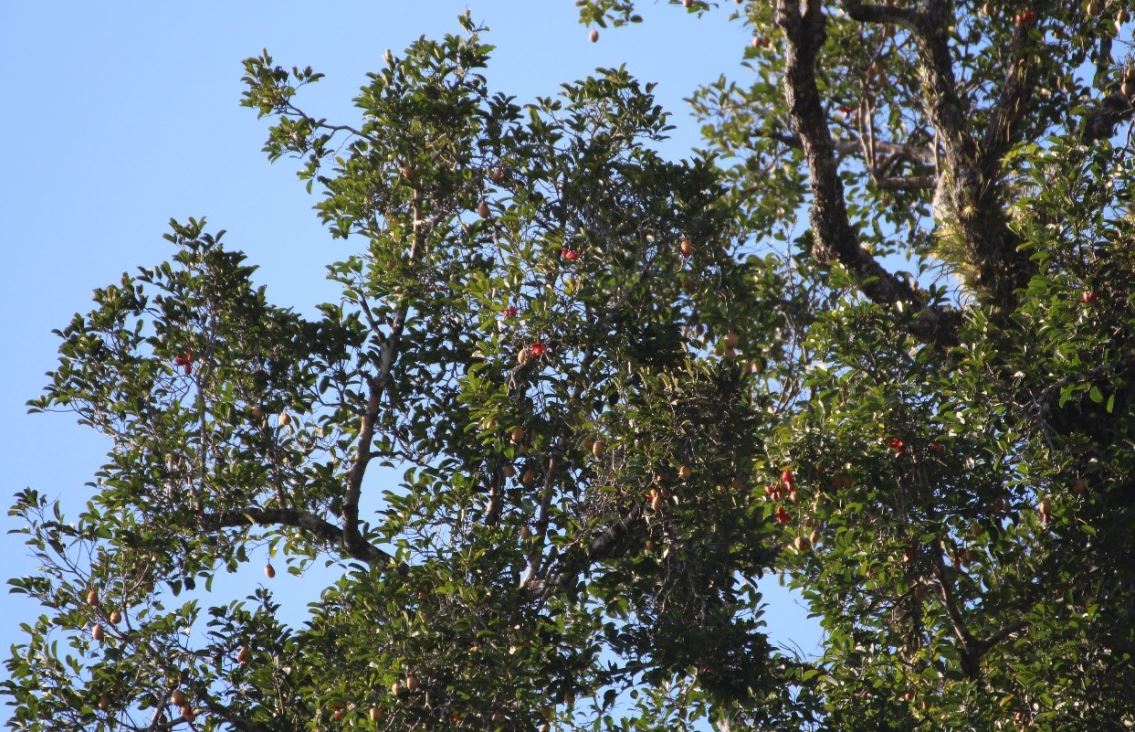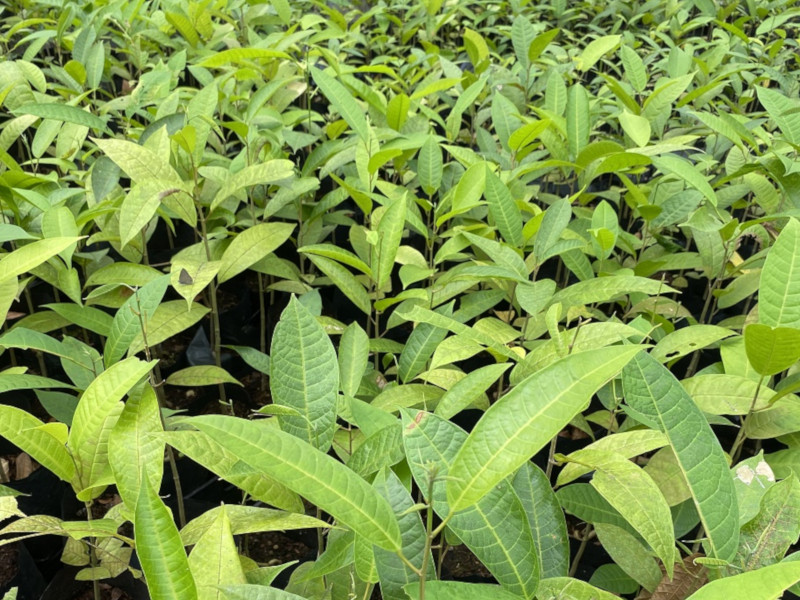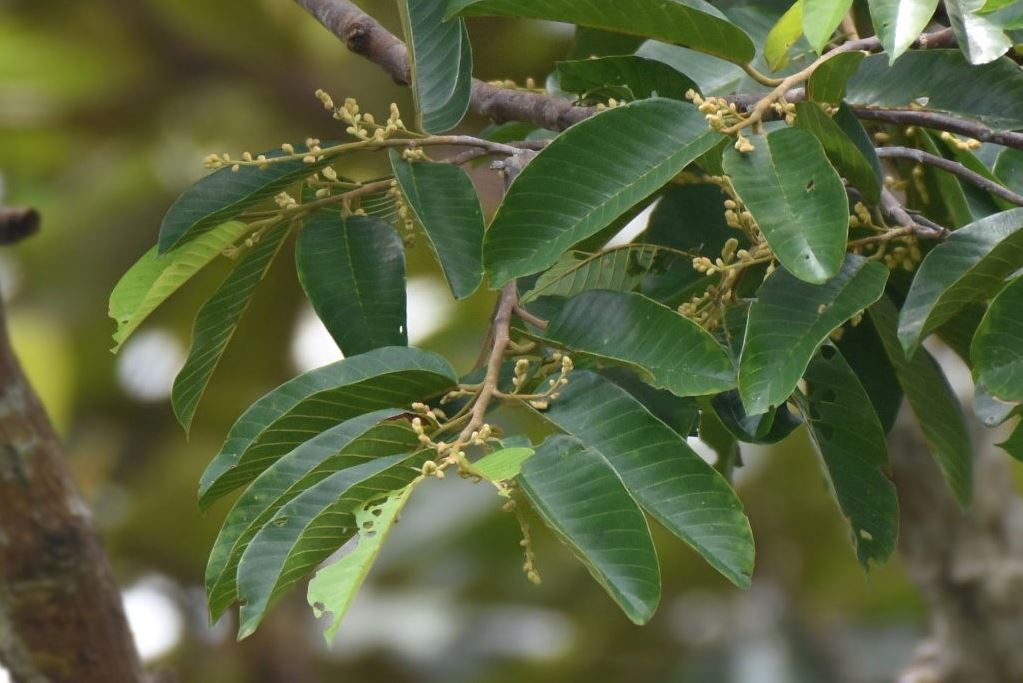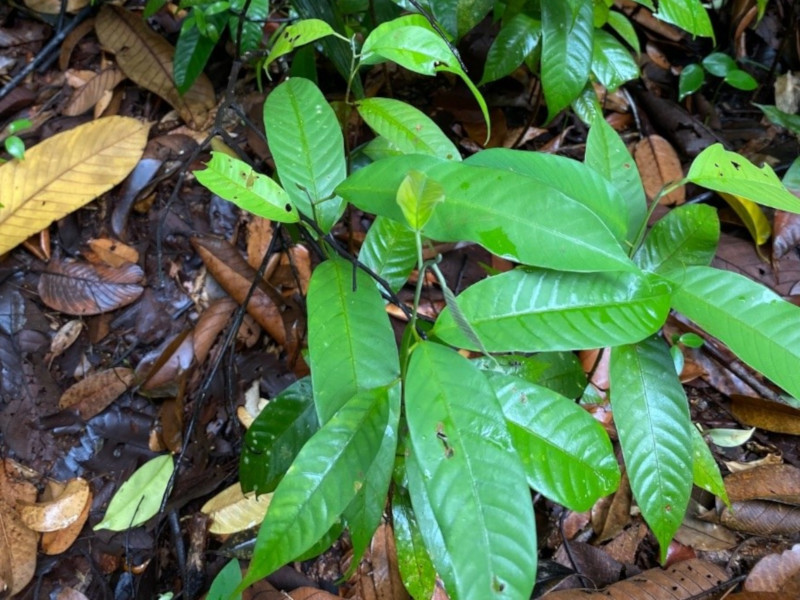May 16, 2023
In our previous article, we provided an overview of the RER nursery – a hub for native tree species on the coast of Sumatra that is helping rejuvenate degraded peat swamp forest ecosystems. In this article, we’ll dig a little deeper; taking a closer look at the endemic tree species that grow here, and explore some of their unique characteristics.
There are more than 60 different tree species supported by the six RER plant nurseries on Padang Island and the Kampar Peninsula, which together can nurture almost 30,000 seedlings a year. Among these trees are various species threatened by extinction as a result of fires, deforestation, illegal logging, and the impacts of climate change. Several species are listed on the IUCN Red List, meaning they are in danger of extinction in the wild.
This makes RER a vital rescue mission for the forests of Riau. By collecting seeds from endemic trees, nurturing their development in our nurseries, and then replanting them in the wild, we’re supporting natural reforestation processes and keeping Riau green. In order for long-term, sustainable management of RER to be successful, we need to understand the region’s biodiversity, from root to branch. With that in mind, let’s take a closer look at 10 of the tree species that call RER their home.

1. Ramin – Gonystylus bancanus (Critically Endangered, CR)
Key facts:
The bright color of Ramin’s aril indicates that the seeds are dispersed by animals. Ramin is famous for its soft, yellowish wood, that is used in everything from picture frames to furniture, houses, and even boats. But the utility of the wood has put the tree in danger. RER is running patrols and reforestation programs, while also working with community organizations in Riau to help ramin bounce back.
Did you know?
The ramin tree blossoms at different times depending on where it is planted. For example, trees in West Kalimantan bloom between August and October, whereas those in Central Kalimantan do so in the months of April and May. Kampar Peninsula? January-February, every two years normally.
2. Mersawa – Anisoptera marginata (Vulnerable, VU)
Key facts:
Mersawa mainly grows in primary forest, in sandy soils near the coast, or in the sticky clay beside riverbanks. It generally prefers lowland, swampy areas lower than 100 meters above sea level, but can sometimes be found venturing to greater heights too. In the Kampar Peninsula they are mainly found along waterways.

Did you know?
President Joko ‘Jokowi’ Widodo recently planted a group of Mersawa trees near his government offices in Indonesia’s new capital city, as a symbol of the nation’s commitment to conserving its endemic species.
3. Meranti Paya – Shorea platycarpa (Critically Endangered, CR)
Key facts:

Considering its CR status, RER has identified Meranti Paya as a priority species for conservation and restoration efforts. This involves collecting seeds, propagating in RER nurseries, and then replanting Meranti Paya in its natural habitat. RER recently conducted surveys of the Sangar and Serkap rivers on the Kampar Peninsula, to check on its progress in the wild.
Did you know?
Also known as ‘Light Red Meranti’, Meranti wood is particularly buoyant and easy to transport downstream, making it an easy target for illegal loggers.
4. Meranti Lilin – Shorea teysmanniana (Endangered, EN)
Key facts:

Meranti provides a mix of wood, resin, and seeds that make it a prized commodity to both people and nature. Its wood is often used in construction, furniture, pulp and paper, while some Meranti species also produce tengkawang; a kind of nut that produces fatty oils used in cosmetics and the food industry.
Did you know?
To avoid competition among their pollinators, Meranti trees sharing the same habitat take it in turns to bloom.
5. Punak – Tetramerista glabra (Vulnerable, VU)
Key facts:
Like many tree species in RER, Tetramerista glabra – more commonly known in Indonesia as Punak – is in trouble. According to IUCN, “conservation action is needed to address population decline by developing sustainable, controlled harvesting of the species that is well patrolled and enforced.” RER is taking action to preserve and protect wild populations, while restoring their natural habitat.
Did you know?
If you see a Punak tree in the wild, it’s a good indicator of ecosystem health. This species is notoriously hard to replant; it only grows in healthy, developed ecosystems where the conditions are just right. Wild populations are usually the remnants of undisturbed forests. The wood still absorbs moisture even years after being logged, and shrinks and expands with changes in temperature, producing creepy sounds to unhabituated ears. Most punak trees are clones of previous trees and do not require pollination/fertilization.
From pitcher plants and snakeskin fruits to endangered trees and orchids, RER offers sanctuary to more than 197 species of plants in Sumatra. Our plant nurseries play a vital role in the conservation of Indonesia’s natural heritage, as they provide a controlled environment in which seeds can germinate and grow before being transplanted back into the wild. They are also a basecamp for research projects and patrols which continue to explore, expand, and protect the RER area.
To find out more about RER, and to discover more of the precious flora growing here, read our full Biodiversity of Kampar Peninsula Report.